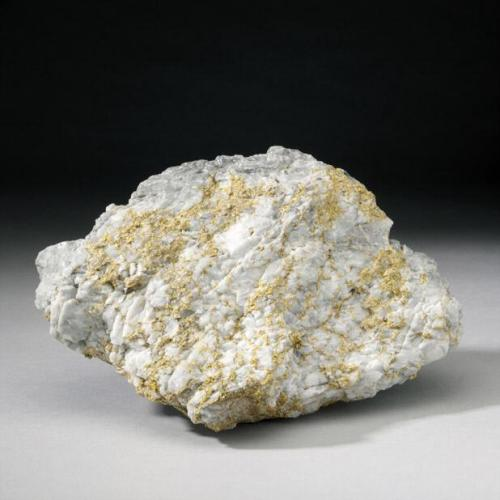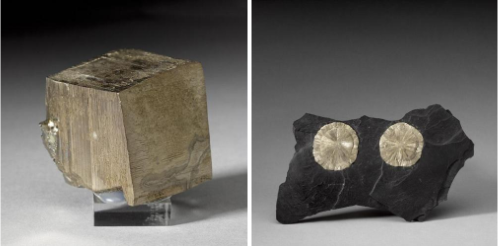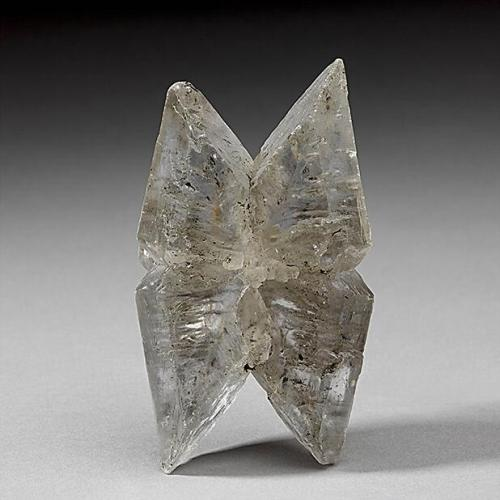Activity: Sweet Science
Category
Duration
Audience
Age
Grades
About
Using some kitchen science, grow your own edible sugar crystals for a better understanding of how crystals form.
Getting Started
We come into contact with minerals on a daily basis, from glittering gemstones to basic kitchen ingredients, like salt! Minerals form in many environments, including when something very hot that has minerals dissolved in it, like water, evaporates and leaves the dissolved minerals behind. Depending on the kinds of minerals that were dissolved in the hot liquid supersaturated solution, the minerals form different shapes as they “grow.” Geologists refer to these types of minerals as evaporate minerals. Growing your own crystals lets you have a good look at how crystal shapes form. The fact that you can eat these sugar crystals after you are done is a sweet bonus!
Context
Learning Goals
- Identify the three-dimensional shapes that make up crystals.
- Discover how crystals form.
Background Information

In order for minerals to form in these environments, the mineral needs to be in a supersaturated solution, which means that there is more of the dissolved mineral in the liquid solution than you can dissolve at room temperature. To dissolve that much of the mineral, the solution needs to be superheated. This can happen on Earth, for example, if the solution forms around a volcano or geyser. Because there is so much of the dissolved mineral in the solution, once the solution starts to cool down, the cool solution cannot hold that much of the dissolved mineral any more. It becomes unstable, and the mineral begins to “fall out” of the solution, solidifying into crystals. Once crystals start forming, new crystals falling out of the solution will stick to them, making the crystals “grow.”
In perfect conditions, each mineral forms in a distinct habit, but sometimes crystals do not form in perfect conditions. Compare these two examples of pyrite from the ROM’s collection. What shape do you see in the pyrite on the left? How does it compare to the pyrite on the right, which was formed when a superheated solution squeezed between layers of the shale rock around it?

Some minerals are very soft, like gold. Geologists rarely find gold in its original crystal formation because the pressure of the rock around it will constrain the gold within the cracks and fissures within the rock. The gold pieces you see below can be found in the ROM’s online collection here.

Sometimes crystals will form so that they share a face -- these are called contact twin crystals. Do you see the twinned crystals in this gypsum from the ROM’s collection?

As you move into your experiment phase, it’s important to remember that sugar is not a mineral. Inorganic substances also form crystals. We chose sugar for this experiment because it’s a safe (and edible!) way to observe how crystals form.
Materials & preparation
Materials
- 4 cups of sugar
- 1 cup of water
- Food colouring (optional)
- Flavor oils (optional)
- Large heat-resistant glass or jar
- String
- Straw or kebab skewer
Preparation
- The day before the experiment, cut a piece of string slightly longer than the height of your container.
- Tie one end to the middle of your straw or kebab skewer and tie a knot on the other end of the string.
- Wet the string and coat the knotted side in sugar.
- Let it dry overnight.
Tips
Ask for an adult’s help any time you use the stove!
Be careful not to spill when pouring the hot sugar water mixture into the heat-resistant jar.
If you have some flavouring at home, you can add a few drops of it to your sugar mixture. Lemon extract will make lemon-flavoured candy! If you don’t have string, coat the skewer in water and sugar and let it dry overnight. You can then add that skewer into the jar with the supersaturated solution and have the crystals grow on it.
Dig Deeper
Follow-Up
Use our Sweet Science 3D shape PDF to identify some of the crystals you grew.
- How are the crystals similar?
- How are the crystals different?
- Each crystal may be unique -- why do you think that is?
- If you have a magnifying glass, what can you see if you use it?
- What can you see with a magnifying glass that you cannot see with your eyes?
Teacher Reflection
Do the participant's answers reflect a basic understanding of the crystal formation process? Do the participant’s answers reflect an understanding of the variety of shapes a crystal can form into and how those shapes interact to create what they are looking at?
Extension Activities
Try and build your rock candy crystals on Morphi! Morphi is an iPad app that allows you to build crystals using polygons, or 3D shapes. You can share this model with us by tagging us at #ROMLearning. You can also take your Morphi file to a library or makerspace with a 3D printer to print your crystal object.
Partner Notes/Sponsorship: Barrick Gold Corporation
Glossary
Crystal: A solid that grows in a repeating pattern. These patterns are usually three-dimensional shapes like a cube or a rhombus.
Habit: This refers to the general appearance that a mineral has; some crystals form into long, slender habits while some form into blocks. There are many different ways that habits can form.
Homogenous mixture: A mixture of two or more substances that cannot be easily separated by common physical means (e.g., settling, filtration)
Solution: A mixture with two or more substances that combine into one homogeneous substance. This means that you cannot tell the difference between the two substances after they have been mixed together. A solution contains a solvent and a solute.
Solute: This is the substance that is dissolved in the solvent. In our experiment, this was the sugar.
Solvent: This is the substance that dissolves the solute. In our experiment, this was the water.
Supersaturated solution: A solution that contains more of the dissolved material than can be dissolved by the solvent.
Mineral: A substance that is produced and formed naturally by the Earth. Minerals have a crystal structure, are inorganic (meaning that they do not come from animals), and are solid.
Rock: A hard material that is made of one or more minerals. The Earth’s crust -- what we stand, play, and work on -- is made up of rock












